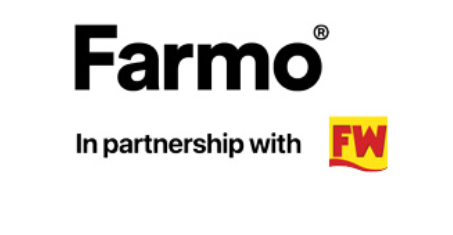Switch from self-propelled to trailed sprayer can be right move
Self-propelled or trailed sprayers?
This is a question many large farms will have considered in recent years when the time has come for an upgrade.
And, unlike the choice between, say, a trailed or a self-propelled forage harvester where output is usually the prime deciding factor, there are a whole raft of different circumstances to consider.
For Stetchworth Estates, near Newmarket, Suffolk, a combination of logistics, available tractor power, costings and, strangely, the purchase of a new, high capacity combine harvester resulted in the decision to sell two self-propelled sprayers and replace them with two trailed machines.
The estate’s assistant farm manager David Blair explains:
“For seven years we operated a Knight Challenger self-propelled and a Multidrive with a Knight demount.
Both had 3000-litre tanks and 24m booms.”
“Previous experience with hydrostatic machines told us that running costs can increase dramatically at that age, particularly if wheel motors begin to fail, so our thoughts were that it was time for them to be replaced.”
With 1300ha (3250 acres) of arable cropping, which includes winter and spring sown wheat and barley plus 130ha (320 acres) of sugar beet, the demands on the sprayer can be high during the spring and autumn and reliability is a key issue.
“Having made a few enquiries we discovered that the second-hand value of these self-propelled machines was much higher than we expected,” he says.
“That was good news, but there were other complications.”
High capacity
The arrival of a Claas Lexion 480 combine – to replace two smaller machines (Lexion 460 and Dominator 218) – led to the purchase of two 16t grain trailers which needed 150hp+ tractors to pull them.
The farm’s 135hp MF (1996) and 100hp Ford (1993) tractors were not man enough for the job and were sold as part of the deal.
“So with the need to acquire two new tractors and two new sprayers it started to make sense to purchase trailed sprayers,” he says.
“And when we were offered a high price for the self-propelled machines the decision was made.”
The outcome was that two new 24m Knight/Anglia 3600-litre trailed sprayers were ordered along with two 170hp Fendt Vario tractors – the cost of the sprayers virtually covered by the revenue received from the sale of the two self-propelled machines.
The number of power units had been reduced from six to three and this led to significant savings in servicing costs.
There may be those who would venture the opinion that two reasonably high capacity sprayers on 1300ha (3250 acres) is a little on the generous side.
But Mr Blair disagrees.
“With the exception of phosphate and potash, which is applied in the autumn by a contractor, we apply all our nitrogen fertiliser as liquid,” he says.
“As a result, one of the sprayers is fitted out with twin boom lines and dribble bars and spends most of its time on top dressing duties along with tending to the chemical requirements of the sugar beet crop.
“The other sprayer is used almost exclusively to apply pesticide to the cereal crops.”
Mr Blair points out that by keeping one of the sprayers for use on the sugar beet acreage, any risk of damaging the crop with pesticide residue is eliminated.
So, on the face of it, a convincing argument for the purchase of two trailed sprayers, rather than self-propelled. But is there a downside?
“With the larger tanks output is virtually the same as before and, I know it’s obvious, but when we are not spraying we have use of two tractors for other jobs,” he says.
“But there are also one or two negative points.
“For starters, the tractors have had to be permanently fitted with control boxes, which tend to limit visibility from the cab.
“Removing the sprayer from the tractor calls for the disconnection of a multitude of wires and hoses, which can be time consuming and, in the field, there is no doubt that we run over more of the crop, despite the sprayer’s steering system.
“Overall though, we are satisfied we have made the right decision based on sound reasoning.”


